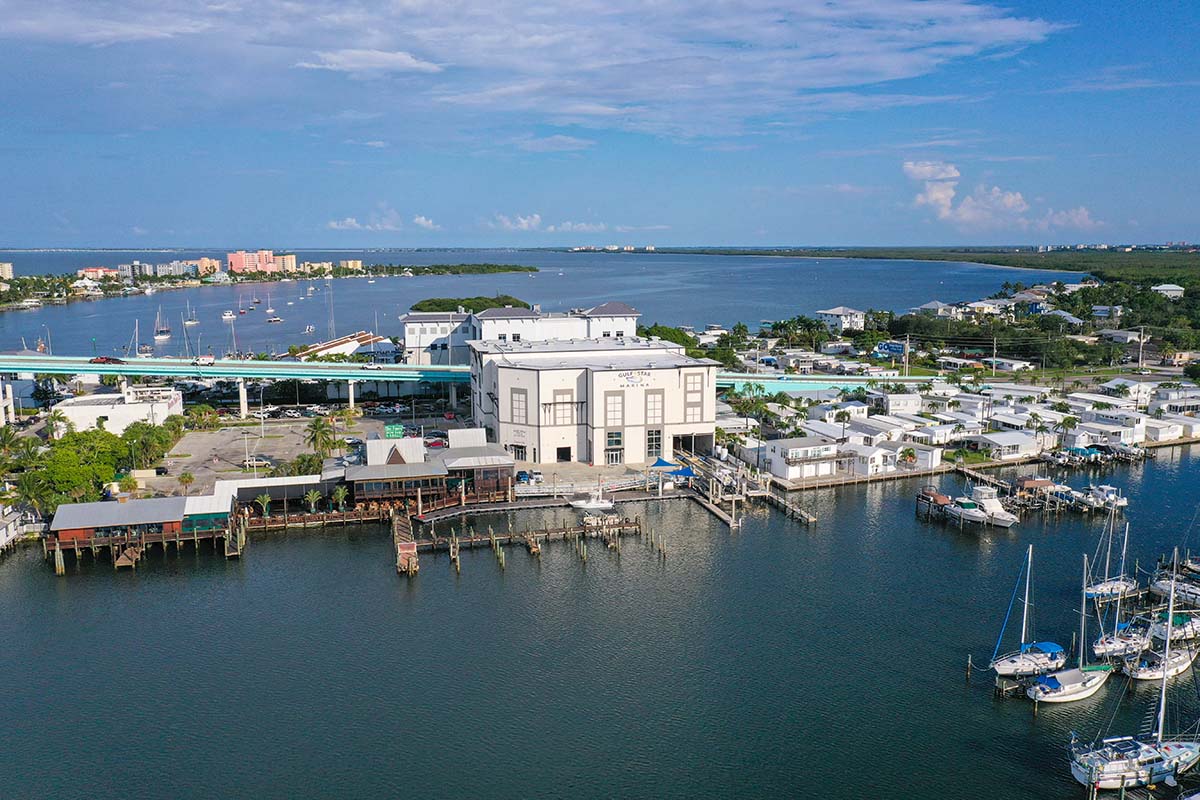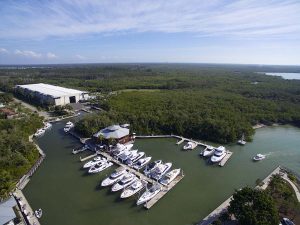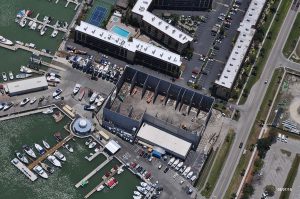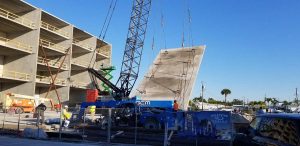
Planning for Success: Navigating Permitting Challenges in Marina Development
Published on September 30, 2025Whether you’re building a new marina or upgrading an existing one, success doesn’t start with groundbreaking. It starts with a permit.
From shoreline setbacks and submerged land leases to state environmental reviews and local zoning variances, the permitting landscape for marinas is as layered and dynamic as the waterfronts we build—and rebuild—on. Missteps early in the process can lead to costly delays, reduced scope or worse—project cancellations. But with the right planning strategy and stakeholder alignment, even the most complex approvals can become a clear, navigable path.
Here are five key strategies we’ve found essential to setting a project up for permitting success.
Define a Clear Vision Early
Too often, permitting is approached as a reactive process or an obstacle to overcome once designs are finalized. Smart projects treat permitting as an integrated track, running in parallel with early-stage planning and conceptual design.
Before a single line is drawn, marina owners and operators need to clarify their goals.
What’s the end goal? Is this a full-service marina? A boatel concept? A dry stack operation integrated with retail? An upgrade or expansion to existing dockage?
What’s the priority? Maximizing boat count? Minimizing environmental impact? Phasing the buildout over time?
A defined vision allows design, engineering and permitting consultants to approach regulatory conversations with intention. It’s also the foundation for public communication, helping agencies and neighbors understand the “why” behind the project.

Know the Regulatory Terrain
Permitting authorities vary dramatically from one site to the next. In many jurisdictions, marina development touches local planning departments, state environmental regulators, federal agencies like the U.S. Army Corps of Engineers and even navigational authorities. Each entity comes with its own requirements, review timelines and expectations. Each project needs to begin with a full permitting roadmap detailing the steps needed to be followed.
- Applicable agencies and their jurisdictional boundaries
- Required applications, studies and documentation
- Public notice and comment periods
- Typical review cycles and potential points of friction
Engaging a permitting consultant or civil/environmental engineer familiar with local conditions is invaluable. They can anticipate red flags, build relationships with reviewers and help avoid surprises that stall approvals.
Design with Permitting in Mind
Design and permitting are not separate silos. The most successful marina projects take a “design-for-approval” approach, tailoring plans to meet regulatory standards without compromising long-term performance or ROI, for example:
In environmentally sensitive areas, adjust piling placements or reconfigure dry stack footprints to reduce wetland encroachment.
In hurricane zones, designs must often satisfy wind-loading, flood zone and stormwater retention requirements—all before the first permit is issued.
In tight urban contexts, pre-navigate community concerns through façade enhancements, traffic mitigation strategies and pedestrian connectivity plans.
This integrated thinking allows marina owners and operators to respond to agency feedback with confidence—and helps reduce costly redesigns late in the process.

Build Early Stakeholder Support
Permitting isn’t just a technical exercise. It’s a political one. Projects that move fastest through the approval process are often those that invest in early outreach to key stakeholders:
Government officials: City council members, planning board reps or municipal staff can provide insight and influence outcomes.
Regulatory agencies: Don’t wait until you submit to introduce your project. Informal pre-application meetings build trust and give reviewers context.
Community members: Neighborhood associations and adjacent property owners may raise concerns. Proactive engagement shows respect and can turn opponents into advocates.
Marina users: For expansions or redevelopments, involving current slip holders, tenants or nearby business owners adds authenticity and support.
Whether it’s a community presentation, one-on-one meeting or open house, transparency is key. A well-informed stakeholder is more likely to become a project champion.
Be Realistic with Timeline and Phasing
Permitting rarely happens overnight. Even the most straightforward marina projects can take six to 12 months to permit, while complex developments may span years.
Rather than fight this reality, structure your projects accordingly.
Break large projects into logical phases that can be permitted and built independently.
Use parallel processing to pursue multiple permits at once, where allowable.
Plan for review cycles when budgeting and scheduling, not just construction timelines.
It is also important to build buffer time into every permitting schedule. A review may come back with conditions, revisions or a request for additional studies. Setting realistic expectations up front helps avoid downstream frustration and budget overages.
When the Site Already Exists
For marinas undergoing expansion or renovation, permitting comes with its own unique set of challenges. While the project footprint may already be developed, regulators often treat substantial upgrades as entirely new projects—triggering updated code compliance, environmental reviews and increased public scrutiny.

Key considerations include:
Legacy permits and nonconformities: Older facilities may have been approved under outdated regulations or built without comprehensive records. Reconciling past entitlements with current codes can complicate approvals.
Operational constraints: Renovation projects must often work around active marina operations. This makes thoughtful phasing even more critical to avoid service disruptions or user dissatisfaction.
Environmental history: Long-used sites may face added scrutiny if past activities led to shoreline degradation, water quality issues or outdated infrastructure.
Perception of change: In established marinas, even small visible upgrades—new dry stack structures, dock realignments or traffic flow changes—can trigger concerns from slip holders, neighbors or the public.
Renovation projects benefit even more from early stakeholder engagement and a realistic, phased approach to design and approvals.
Putting It All Together
Marina permitting is complex—but it’s not insurmountable. With early clarity, collaborative design and proactive outreach, developers can not only accelerate approvals but lay the groundwork for a better-built marina.
When permitting is done right, the benefits go well beyond paperwork. Investors see reduced risk and higher return potential, regulators appreciate responsible, code-aligned development, communities feel heard and supported, and marina users enjoy safer, better-designed facilities.
At the end of the day, a strong permitting strategy isn’t just a path to breaking ground. It’s a commitment to doing it right—from the very start.
David Brown is a business development leader at GCM Contracting Solutions, a design-build contractor with specialties in waterfront, marina, tilt-wall and dry stack storage projects. David also supports ASAR, GCM’s automated storage and retrieval division. He can be reached at dbrown@gcmcontracting.com.
| Categories | |
| Tags |





